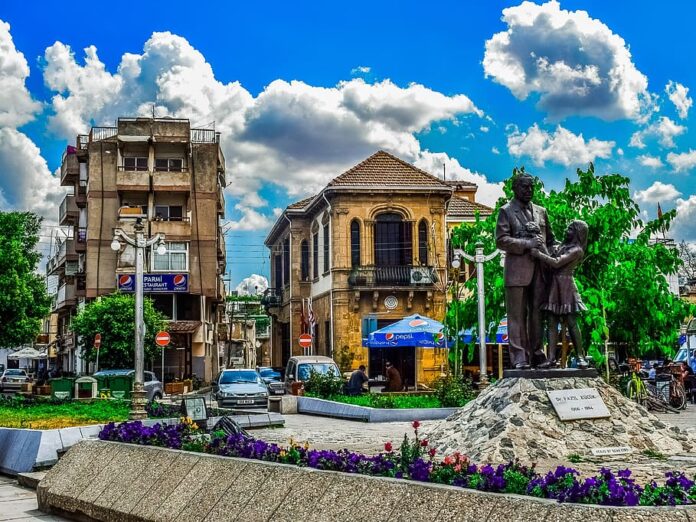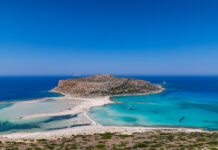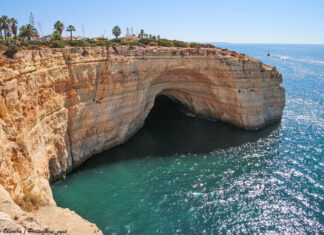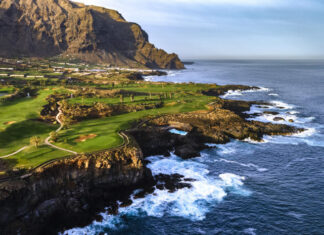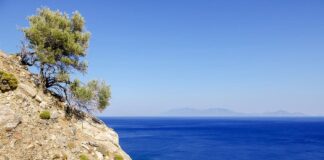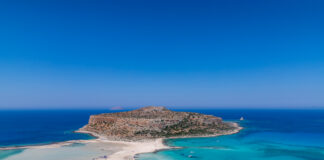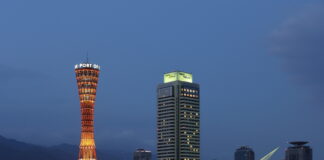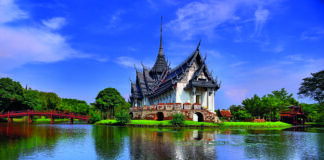The island of Cyprus, situated in the eastern Mediterranean Sea, holds a distinctive charm. It combines diverse cultures, mouthwatering cuisine, ancient history, and stunning landscapes. At the heart of this beautiful island lies the capital city, Nicosia. With its sandstone buildings, winding alleyways, and bustling markets, Nicosia is a rich tapestry waiting to be explored.
Food
Nicosia is a foodie's paradise. Cypriot cuisine reflects the island's rich history and is an exquisite blend of Greek, Turkish, and Middle Eastern flavors.
A trip to Nicosia isn't complete without sampling the local meze — an array of small dishes traditionally shared among friends and family. Everything from creamy tzatziki and halloumi cheese to marinated olives and grilled octopus is on the menu.
Try the Loukoumades, honey-drenched doughnuts sprinkled with cinnamon, for a sweet treat. Pair it with a strong Cypriot coffee, a traditional drink in a small, long-handled pot known as a marikina.
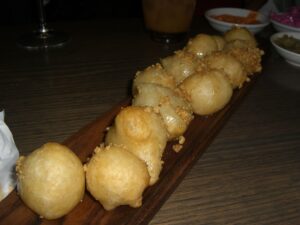
Nicosia's food markets are a must-visit for food enthusiasts. The vibrant Ochi (no) Square bazaar is a feast for the senses, packed with local produce, fresh seafood, cheeses, and spices.
Culture
Nicosia embodies Cypriot culture, a beautiful mix of tradition and modernity. The city, bisected by the 'Green Line that divides the island into the Greek south and Turkish north, is the world's last divided capital.
Nicosians are known for their warmth and hospitality. A significant aspect of their lifestyle involves parea or gatherings of friends for food, music, and conversation.
Festivals form a cornerstone of Nicosian culture, with the city hosting several throughout the year. The Anthestiria Flower Festival in May and the Wine Festival in September are particularly notable.
Travel Tips
- Currency: The official currency of southern Nicosia is the Euro (€). It's the Turkish Lira in northern Nicosia, although Euros are widely accepted.
- Language: Greek and Turkish are the official languages, but English is widely spoken, particularly in tourist areas.
- Best Time to Visit: The best times to visit Nicosia are spring (March to May) and autumn (September to November) when temperatures are pleasant and the landscape is vibrant.
- Getting Around: Nicosia has an extensive bus network and widely available taxis. The old town is pedestrian-friendly, and walking around is a great way to soak the city's atmosphere.
Interesting Facts
- Ancient History: Nicosia has a history dating back over 4,500 years and was known as Ledra in ancient times.
- City Walls: The Venetian Walls surrounding the old city were built in the 16th century and are still standing. They are shaped like a star with eleven bastions named after a noble Venetian family.
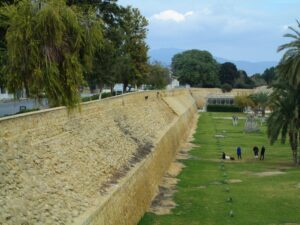
- City Divided: The UN Buffer Zone, or the 'Green Line,' that divides the city runs for 112 km across Cyprus, with a width ranging from 3.3 meters to 7.4 km.
- Halloumi Cheese: Cyprus is the birthplace of halloumi cheese, and Nicosia has countless shops and restaurants offering this beloved local product.
Top Places
- Cyprus Museum: This archaeological museum holds the island's most extensive collection of Cypriot antiquities.
- Leventis Municipal Museum: It showcases the history of Nicosia from antiquity to the present day.
- Selimiye Mosque/St. Sophia Cathedral: Originally a Gothic cathedral, it was converted into a mosque in the 16th century.
- Famagusta Gate: The most significant of the three gates in the Venetian Walls now serves as a cultural center hosting exhibitions and concerts.
- Buyuk Han: Once a caravanserai in the Ottoman era, it is now a bustling arts center with shops, cafes, and studios.
Nicosia is a city of contrast and diversity, where history coexists with modernity and East meets West. It invites you to delve into its rich culture, indulge in its culinary delights, and explore its remarkable history. As you stroll through its cobblestone streets, engage with the locals, and soak in the Mediterranean sun, you'll find that Nicosia offers an experience like no other.

